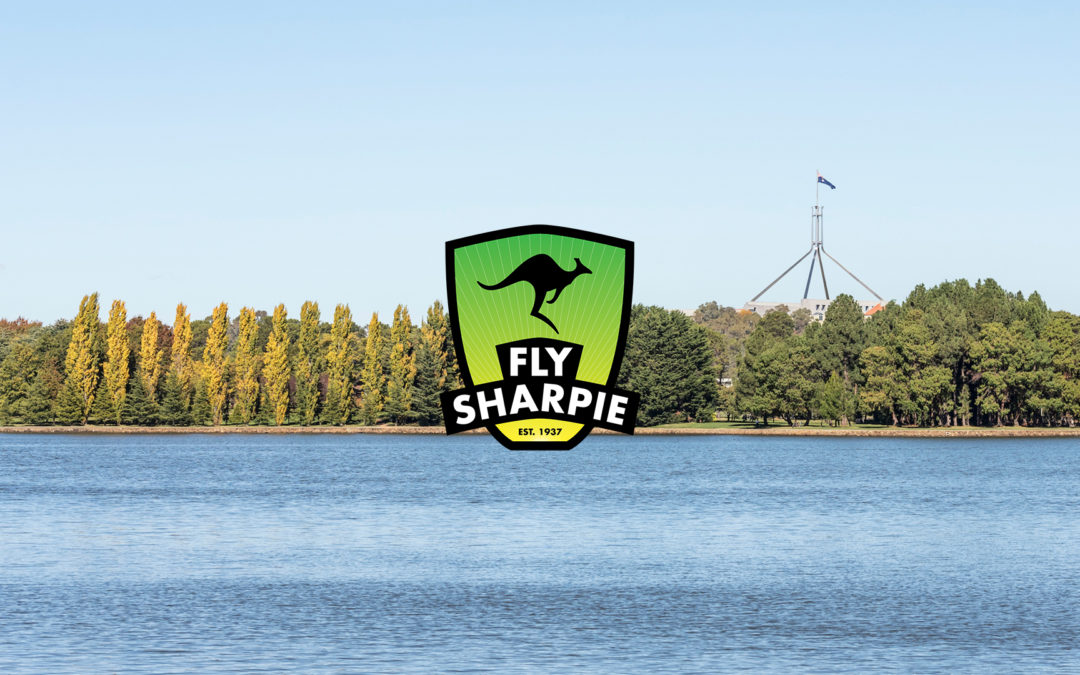How to Win – Brisbane 2000
I’m told I need to write an article for the Roo News. Well I thought I’d start from the beginning, which was finding two crew that wanted to sail with me!
The Crew
I first recruited Dan Wilsdon to be forward hand. Dan is around 185cm and has had a lot of success in Sharpies and 505s. We hadn’t sailed together before but I was certain his combination of build and experience was what I was looking for. Dan had a lot of input into the recruitment of a sheet hand. We knew there was only one choice; that was Matthew Sanderson (Varney) he hates being called Matthew! A guy who has been there and done it before in winning the Fireball nationals as a skipper and has been successfully sailing his Radial Laser. Now, all up Varney weighs 65kg (wet)!! These first decisions were the best I made; if I had to pinpoint a reason for our success it would be a choice crew that was most important. Oh yes, I weigh around 80kg.
The Hull
The next thing was to organize my boat. I first rang Simon Grosser from SP Systems in Sydney, we spoke at length about the best lay up for my boat. Simon was excellent and offered to draw up a plan and send it to me. I went to Macca Haselgrove and with a few refinements, lets say, I got a boat that I was more than happy with.
The Rig
Next was the rig, which was the easiest part. I felt, rightly or wrongly, that the Sharpie rig had not really developed a lot over the 17 years since I first won Adelaide, 1983. That’s not to say that I developed anything. I think it’s just an asset to the class that there just isn’t a lot you can do to get the rig faster. This would change if carbon fibre masts were allowed. This is one of the reasons that the Sharpie has remained competitive against other classes. In the Sharpie you can have 4 sets of spars and umpteen sail makers, yet all the boats are going the same speed. I believe that with a little bit of practice you can change your rig enough in 25 knots, and maybe not be the fastest but you can be competitive enough to put pressure on the bigger guys. In the winds below 15 knots all of a sudden the pressure is back on them.
Anyway the mast I used was a 1.7 x 1.5 tip Goldspar with the spreaders tip to tip 750 x 180 string line to top of track. The spreaders were 410 long from tip to side of mast. They were set at 3 m above the deck.
The Sails
The next thing was to pick a sail maker! We in SA are lucky to have a few to pick from. Any one of 4 sail makers, in SA, would have been an excellent choice. All have boats going well in our fleet. But, I have no regrets in choosing John Clifton, a friend I grew up with. Cliffo had had previous success when making sails for Dave Royal who won the title in Fremantle. Cliffo’s continued feedback, after sales service and our usage of the same language has made this a successful partnership.
General
On my boat, I have all the adjustments, that is because they are the ones I need, but we use them sparingly. The thing I feel about sailing is concentrating on maintaining the best boat speed without changing a lot of gears. Then making sure you sail the shortest course to the next mark. Those things can only happen when you are confident about what you are doing, be it crew work or rig set up.
We use 3 different settings in the boat, one for 5-12 knots, another for 12-18 knots and one for 18+ knots. These are set up by using pink, black and white marks on the back of the mast, 20-mm apart. These tell me my rake. Then the sidestays are pulled on to the tension, which I would carry on the water, then the lowers are pulled on to carry 25-mm of mast bend at the spreaders. The lowers are marked in the same colours as the forestay. Any movement I make on the forestay gets adjusted straight away to my lowers, so we are carrying the mast bend approximately right at all times. This is a very quick method and reasonably safe, but I must say there are subtle adjustments needed like vang and cunningham. The main focus is to sail the boat flat and correctly in the right direction. There is no point going the wrong way fast!
These pointers may not be correct for everyone, you have to make your own decisions about what is important. One thing I have learned is not to always look for the hard answers because it’s normally in front of your eyes. If you do the right thing more often and more consistent than the rest of the fleet you should be a long way to where you want to be.
Just to finish, I can’t emphasis enough how important your crew work is and there is only one way to fix it – practice. If it’s 30 knots or 3 your better off going out than going to the bar. Remember these are things you should do and do not always do things I do!
Lastly remember, if my wife rings the club when it’s 50 knots, I am sailing!
I hope this has been helpful for someone, of you want to know anything more then just ask us or any one of 30 other boats that can win the nationals in Port Lincoln!

